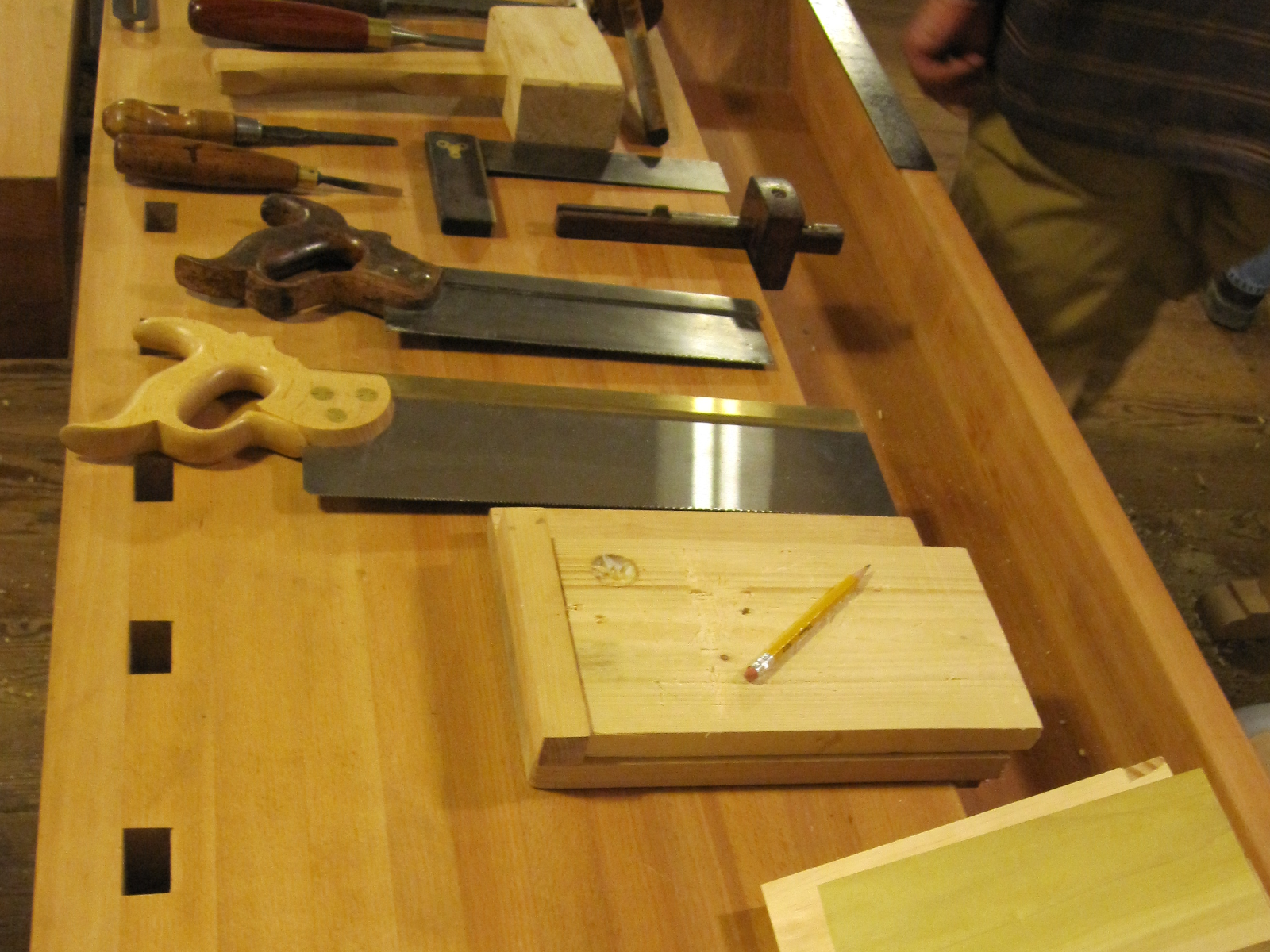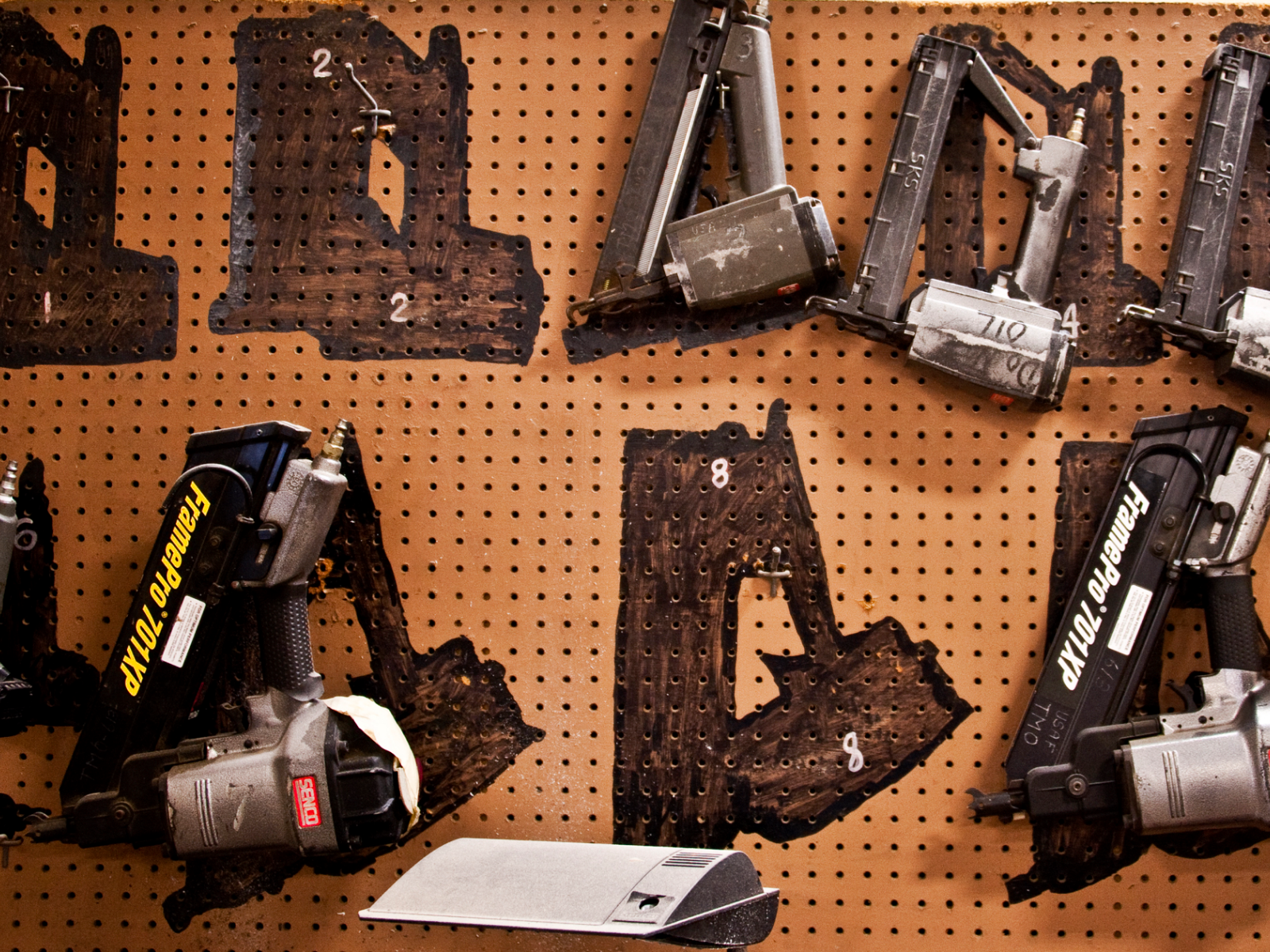It’s a great feeling to discover a shortcut. Figuring out something on your own that makes your life easier and increases productivity can be very satisfying. People in the woodworking trade who are recreational enthusiasts have a lot to garner from the professionals who have been around. They are the ones who have learned ways of achieving superior results with less effort, exertion, and frustration.
If you are working with multiple pieces of wood, it’s very easy to get them confused. One way to avoid this is to start your project by numbering the pieces, then mapping out a legend that shows the significance of each numbered piece. #1 might mean “left chair arm”, for example. The issue here is that there is no clear method of determining how the pieces relate to each other. By using a triangle ruler or a carpenter square, you can draw a triangle that overlays the joined pieces when they are in the correct position. There can be only one clear way to put them together again later on in the project.
Whenever you are working in a medium that requires precision, the old adage measure twice, cut once truly applies. Before taking a blade to a piece of wood, it’s vital to be exact with your dimensions. In addition to knowing where to cut, it helps to know which side to cut on. The teeth of a saw are bent to one side for a specific reason. They prevent the blade from getting stuck in the wood by removing more material than the width of the saw blade itself. The width of material that is removed is called the kerf. It is the thickness of the saw blade. Cutting on the measured side can cause your measurements to be off by as much as ⅛”, so you want the kerf on the underside of the wood piece. In order to mark which side to cut, it helps to place a little tick mark at the end of your measured line.
Many woodworking projects go hand in hand with glue. Cleanup can be messy, however. If you want to get the glue off your hands or a piece of wood, the professionals use a simple trick. While the glue is still wet, rub sawdust into the glue spots. It will dry up and fall right off. While working with glue, it’s important to not get your project stuck to the workbench. Professionals use wax or parchment paper under their project to keep this from happening.
https://moshiehorn.org/woodworking-tips-the-pros-use/
Please login to comment.









